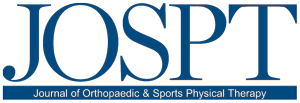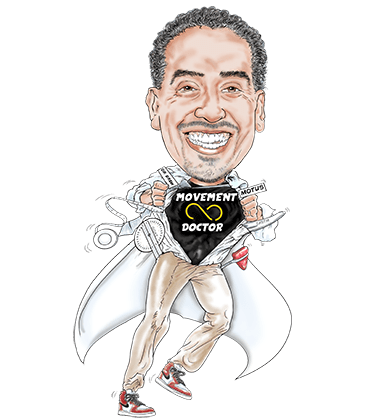Exxentric kBox and kPulley Flywheel Training Systems
Flywheel Training in Physical Therapy
Flywheel training is a newly emerging exercise technique within sports physical therapy. Flywheel training has a well documented, beneficial effect on physical fitness in many ways and therefore, flywheel training has been gaining popularity as an effective means of strength training, injury prevention, rehabilitation, and performance enhancement.
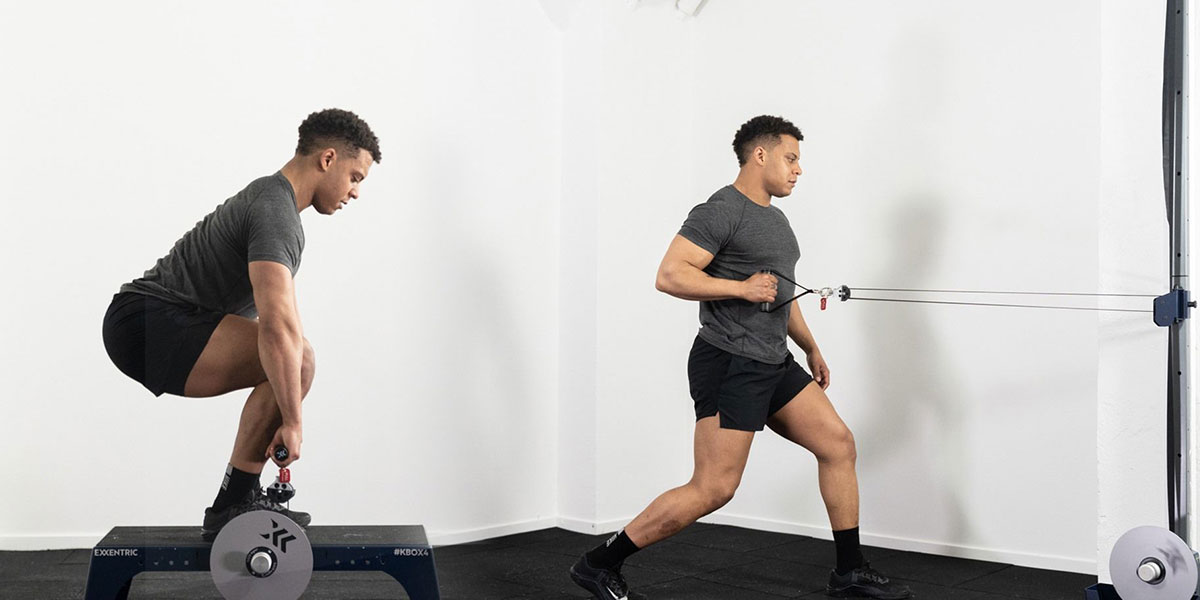
Instead of using weights, the resistance in flywheel training is created through the inertia of a flywheel which is rotated with muscle force. Flywheel training has been found to be an effective means of strengthening and enhancing performance. It is a type of strength training that uses resistance inertia. Inertial flywheel resistance training utilizes the principle that an object in motion stays in motion. This type of inertia is created by the rotation of a flywheel. When you use muscle force to rotate the flywheel, resistance inertia is created. This type of resistance exercise has been found to be more effective than conventional resistance training.
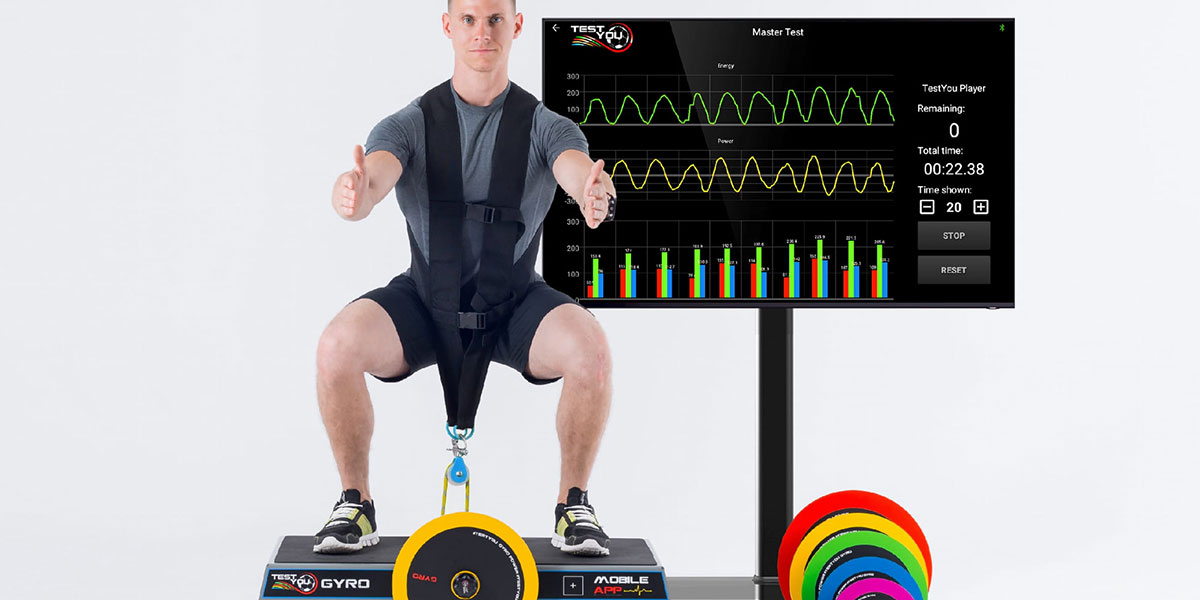
Flywheel training has a number of benefits over traditional weight training. One major benefit is that it is safer. It is a relatively low-impact exercise, which means it is less likely to cause injuries. Additionally, flywheel training can be more effective than traditional strength training in terms of muscle development. Because flywheel training involves resistance that is constantly changing, the muscles are constantly challenged, leading to increased muscle strength and size. Flywheel training compared to traditional resistance training is also less tiring, which means you can train for longer periods of time.
There are a few key considerations when performing flywheel training.
The resistance of the flywheel should be adjusted to match the strength of the individual.
The pace of flywheel training should be slow at first in order to allow for proper technique development.
Good form is essential when performing any strength exercise, and this is particularly true for flywheel training. With practice, individuals will be able to achieve the desired strength and performance benefits from flywheel training.
Flywheel training can also be used to improve performance in a variety of sports. The resistance provided by the flywheel can help athletes train for strength, power, and speed. Additionally, flywheel training can improve balance and coordination.
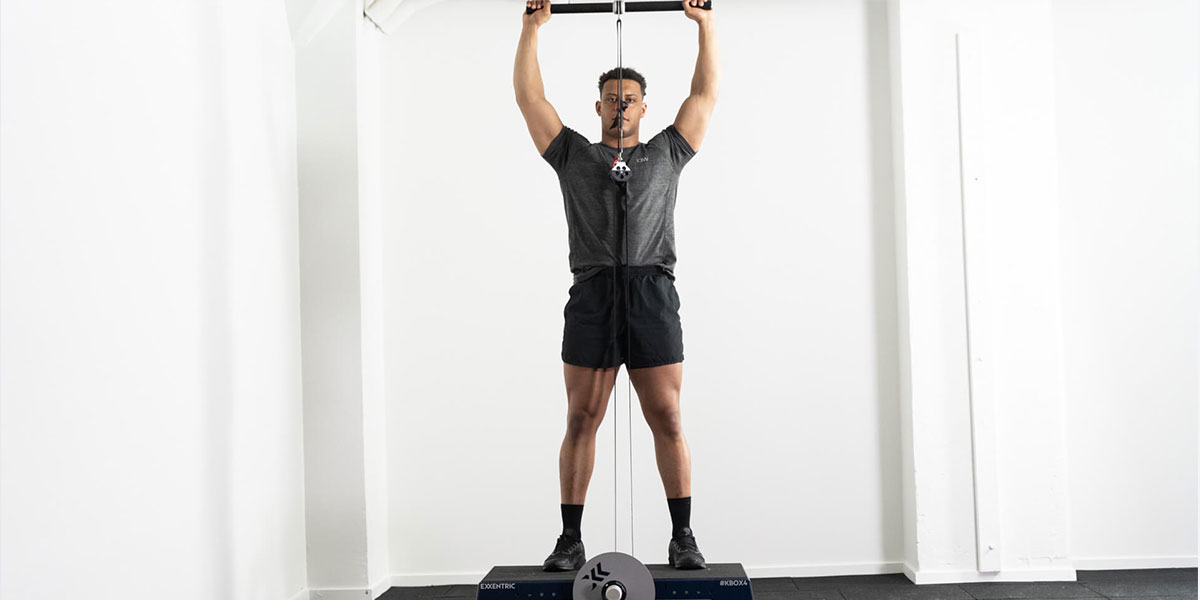
Injury Prevention using Flywheel Training
Due to the relative low-impact of fly wheel training and the versatility of the device allows for multi-directional strengthening throughout the full available range of motion. This means an injury prevention program can be designed specifically for an athlete to prepare them for the demands of their individual sport and even as specific as their position.
Whereas in a prevention program aimed at muscle strengthening, as well as sport specific explosive strength, ensures that athletes have enough strength to withstand high-impact forces needed for their sport. This is particularly relevant for athletes who are required to run, jump, land, and change directions frequently.
Athletes are not the only ones who can benefit from flywheel training’s injury prevention properties; everyday people can too! Those who partake in regular physical activity can greatly reduce their risk of injury by adding flywheel training into their sessions at Motus Specialists.
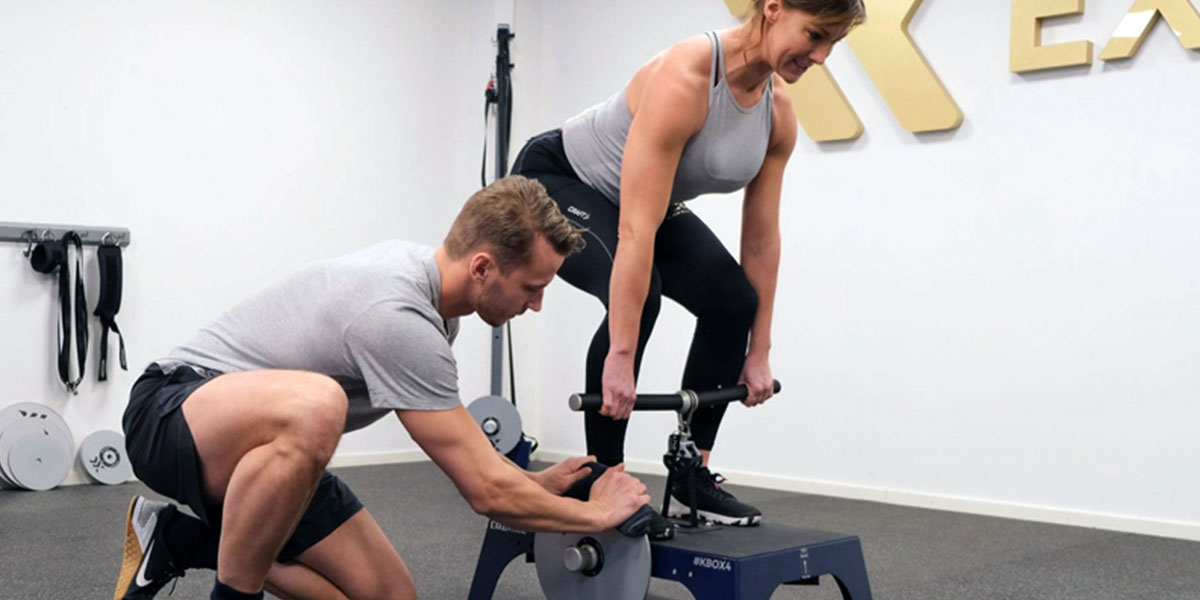
Flywheel Training Recommended for Rehabilitation
Injuries are a part of athletics. They not only harm the player or athlete, but they also have an impact on the rest of their team and the club as a whole. Injury risk may be reduced with a good injury prevention program. Flywheel training is an effective means for both injury prevention and rehabilitation making it a versatile tool in a sports physical therapy clinic.
The variable resistance on the flywheel allows your physical therapist to customize your strength workout to your capability as you progress in your rehabilitaiton. The low impact nature of the device and the ability to focus on the quality of movement make it an excellent choice for core strengthening, very useful in the rehabilitation of back injuries.
Exxentric kBox Application
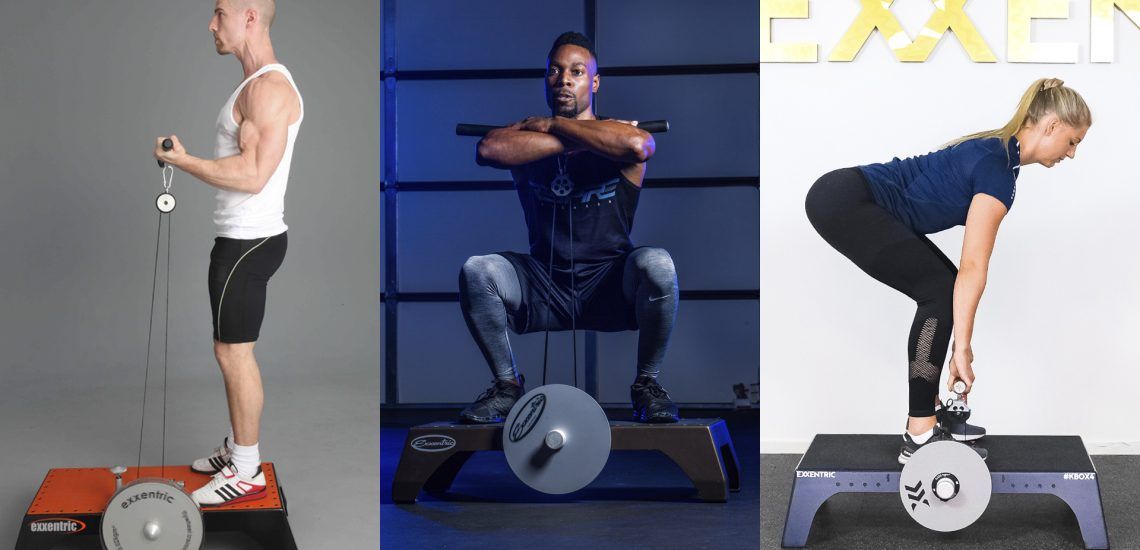
The kBox also offers the perfect platform for eccentric strengthening, a pivotal part of Anterior Cruciate Ligament (ACL) rehabilitation. An easy way to create eccentric overload in flywheel training is by using more muscle groups in the concentric movement when pulling the cord, than when eccentrically decelerating the flywheel. When used in combination with a sports physical therapist, the eccentric overload technique can be specifically tailored to your needs, depending on which sport you play.
Training the eccentric phase has strong evidence in the sports physical therapy literature, the most important being increasing total strength and hypertrophy. As many injuries occur during an eccentric contraction, eccentric training can also greatly reduce the risk of injury for elite athletes as well as rehabilitation clients. Eccentric overload training is also shown to build muscle mass (hypetrophy).
In regular strength training with weights, the load in the eccentric phase is limited to how much the weaker concentric phase can lift. As a result, the eccentric phase is rarely loaded to its maximum, and the training loses efficiency.
Load Throughout the Motion
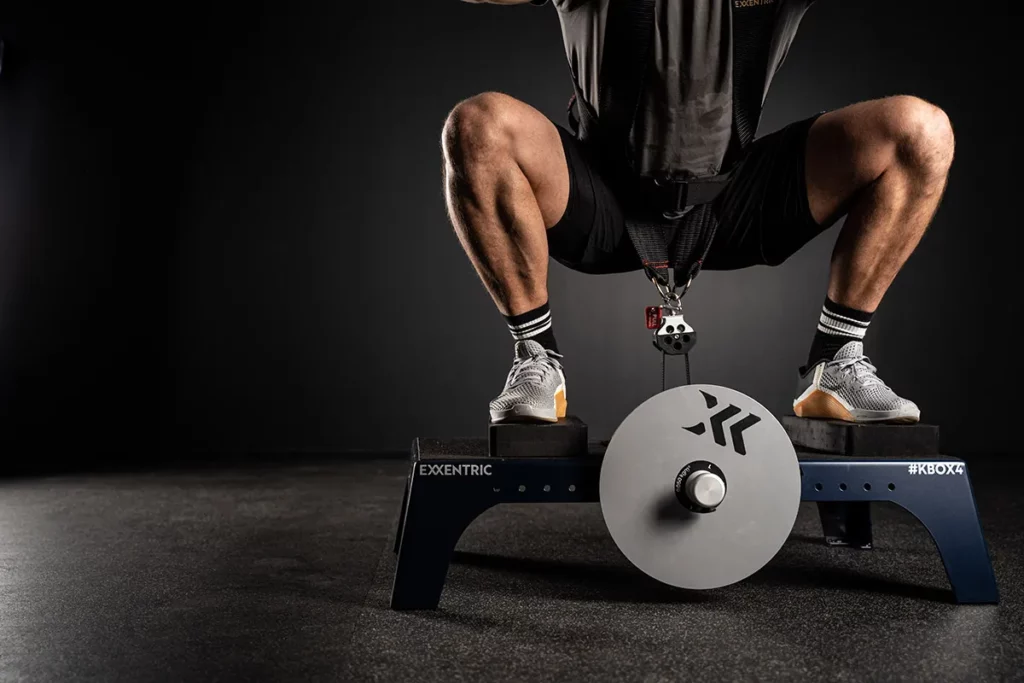
By applying resistance throughout the entire range of movement, the muscle gains strength through the entire range. Because of its targeted application, this technology is ideally suited for individuals who have had a knee injury and require improved quadriceps strength, knee stability, and movement mechanics.
Return to Sport (RTP)
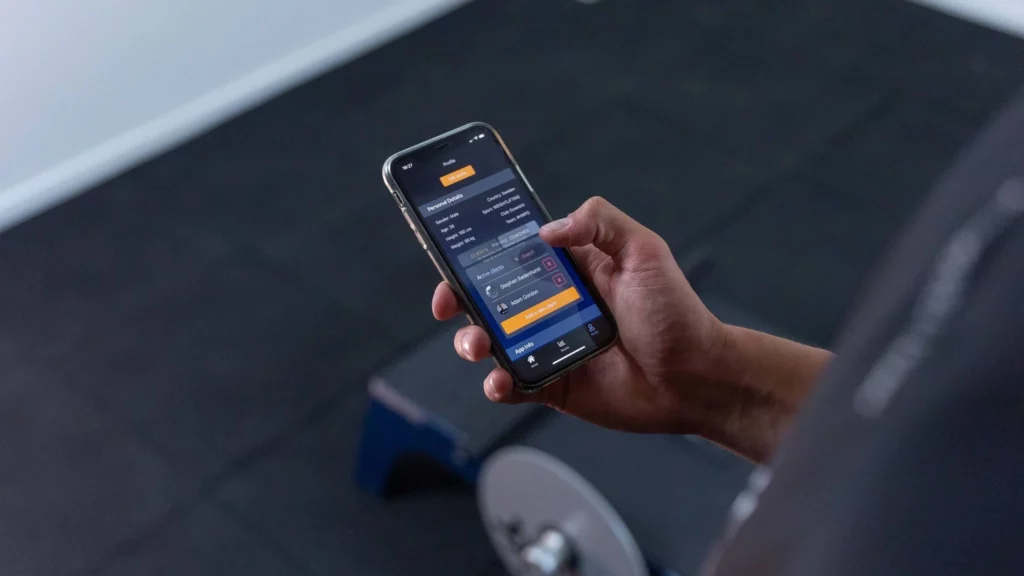
A typical aim for both the player and the team’s medical staff is to get back to sport/play as quickly as possible while still avoiding re-injury after suffering an injury. Athletes may enhance their strength more quickly with the use of flywheel devices in a rehabilitation program. If an athlete continues to utilize the flywheel resistance training during their regular resistance training program, they can maintain their muscle strength and mass as they return to their sport. The use of the flywheel has been found to speed up the rehabilitation process and help athletes return to their sport with less fear of re-injury.
Benchmark Tests
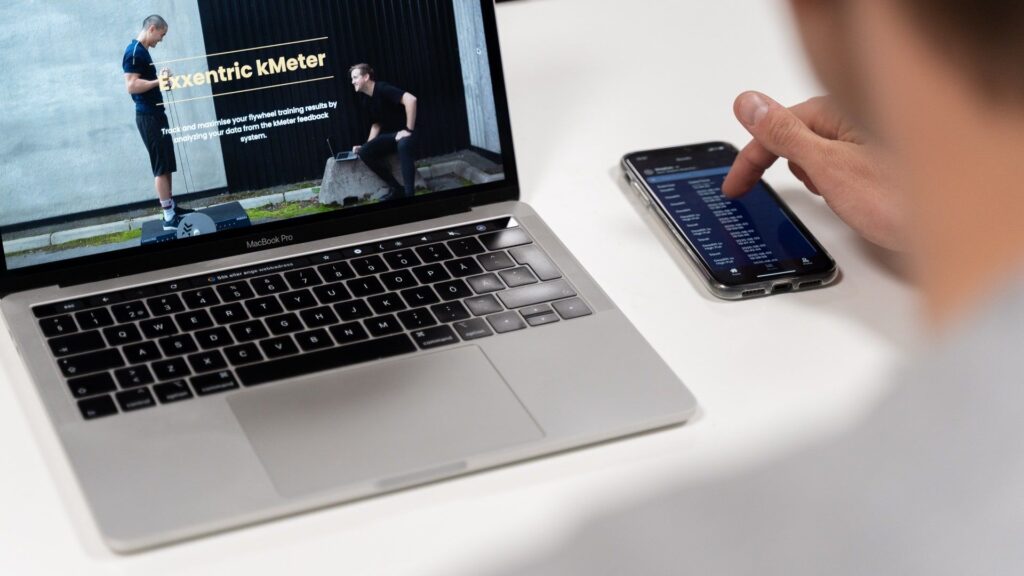
To truly quantify the effectiveness of a flywheel training program for injury prevention and rehabilitation, it is important to use appropriate benchmark tests. These tests can be used before and after an athlete’s rehabilitation program to measure their progress. There are a variety of tests that can be used, depending on the muscle group or joint being targeted.
Examples of tests that can be used to measure lower body strength are vertical jump height and single-leg hop for distance. Tests that can be used for the upper body are the bench press and one-rep max test. Using these functional tests along with the metrics provided by the kBox system allows your physical therapist to measure and track your progress and adapt the rehabilitation program as needed.
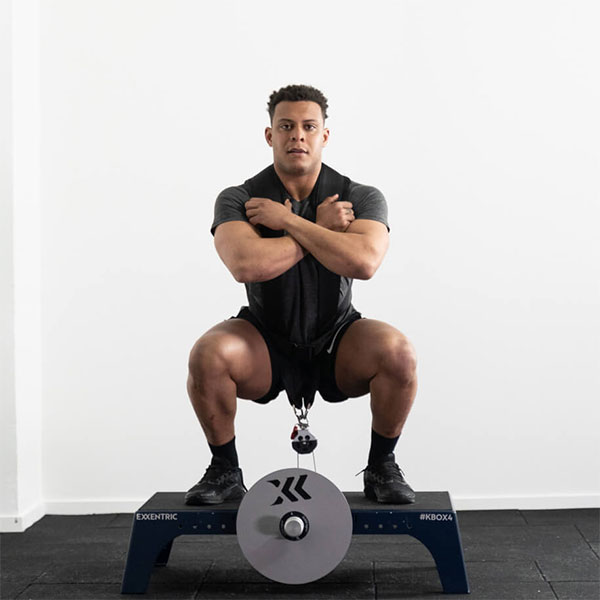
3 Examples of kBox & kPulley used in Physical Therapy
Rehabilitation after an ACL injury can be a long and complex process. Clinicians and patients are utilizing the kBox to improve knee stability, regain lower extremity strength, and maximize function. The kBox has been found to improve knee stability, as well as increase quadriceps and hamstring strength. It can also be used to improve movement patterns and mechanics, which can in turn help reduce the risk of re-injury.
An ankle sprain is a very common injury, and can often take time to heal properly. Eccentric overload training has been found to be an effective treatment for ankle sprains. The kBox has been utilized in ankle injury rehabilitation with good results. Researchers have found that the kBox is an effective tool for increasing strength and stability in the ankle, as well as improving movement patterns.
Rotator cuff injuries are very common in athletes, and can often be quite difficult to rehab. Eccentric overload training has been found to be an effective treatment for rotator cuff injuries. The kPulley has been utilized in rotator cuff injury rehabilitation with good results.
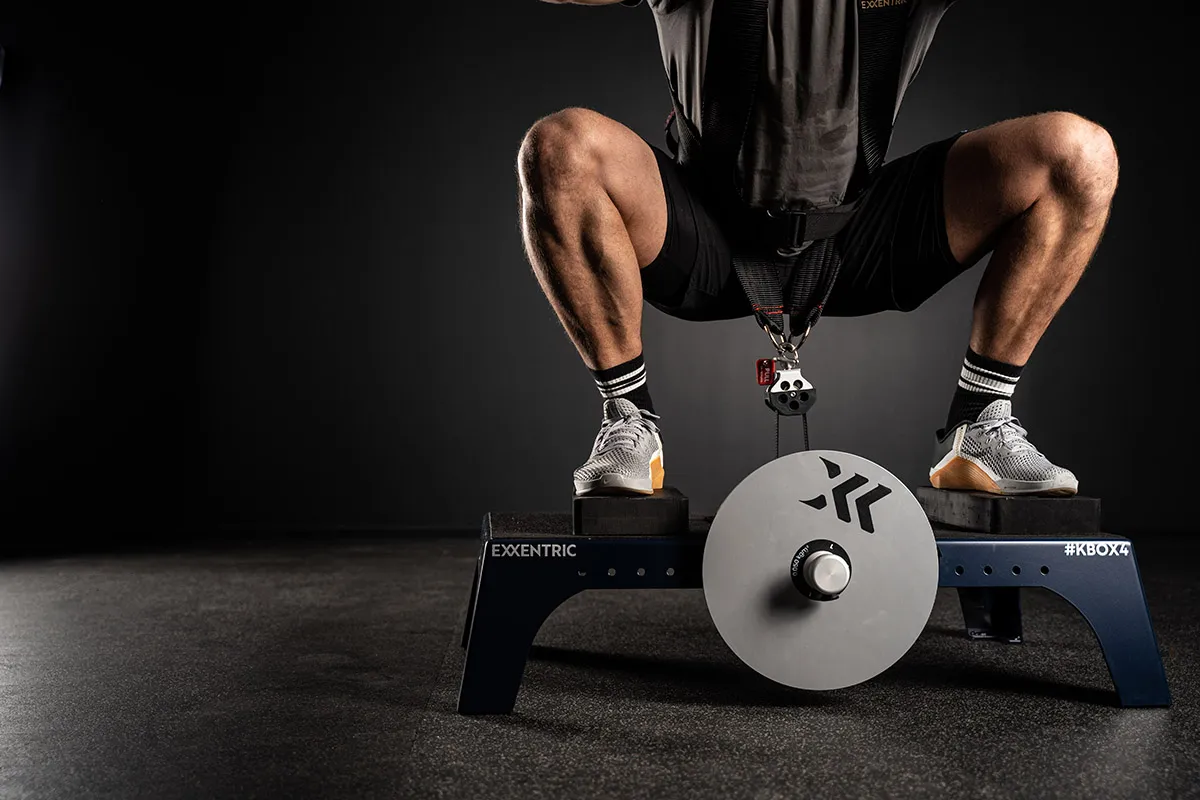
Performance Enhancement via Flywheel Training
The performance of many athletes is dependent upon a variety of variables. Force can be created by an external force that the neuromuscular body generates. The demanding requirements in sports training make it easier for the individual athlete to improve a number of more general but important traits, such as strength. This then allows the athlete to be more successful in their sport.
Thus, strategies to improve the effectiveness of strength development play an extremely critical role in developing resilience and improving performance. These devices create inertia, which helps to overload the muscles. This type of training can help improve not only an athlete’s strength but also their speed and muscle power.
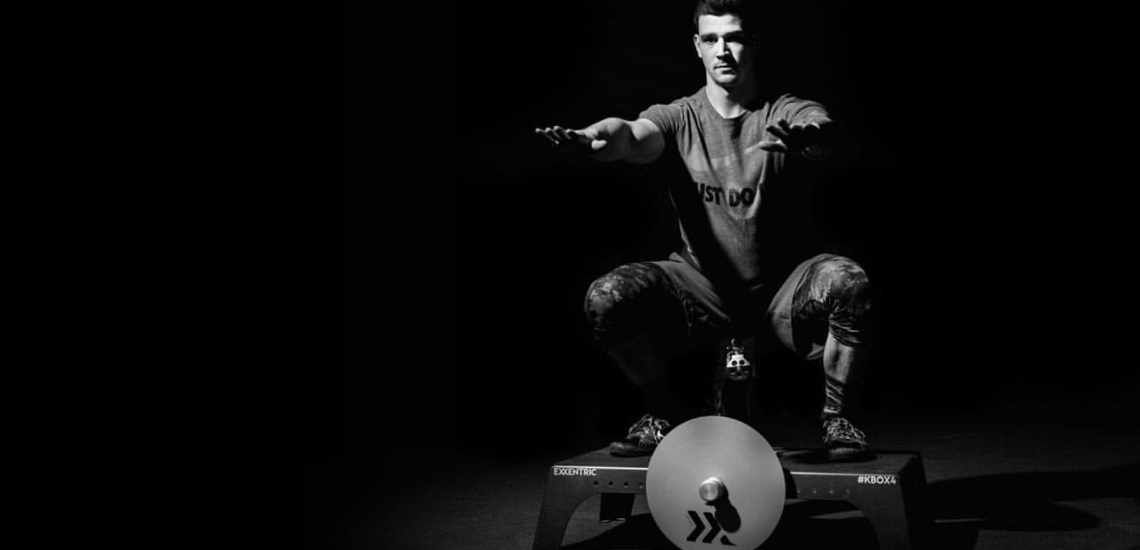
Final Thoughts on Flywheel Training
This commentary provides a comprehensive overview of the scientific evidence and practical applications of flying wheel training for muscular rehabilitation for athletes. Flywheel training produces varying and diverse improvements in skeletal muscle function and adaptations. Efforts have been documented for muscle strength and muscle hypertrophy. Flywheels can help with muscle and skeletal rehabilitation. With its variable resistance and ability to be tailored to each individual, it is an extremely versatile muscle training tool. Appropriate benchmark tests can be used to measure an athlete’s progress and ensure they are on track to returning to their sport.
In summary, the benefits of Exxectric kBox and kPulley flywheel training include:
Low impact
Effective for
muscle hypertrophy
Useful for muscle strength, power, and speed training
Highly effective for injury prevention and rehabilitation from injuries
Adaptable to individual needs.
The use of a flywheel for strength training is not only limited to those with injuries. Athletes of all levels can
benefit from the added resistance and improved sports performance that comes with flywheel training. Flywheels are now being used by professional athletes, including members of the NFL, MLB, NBA, and NHL making this tool a must-have for any sports medicine professional working with athletes.
References
- “What is Flywheel Inertial Training?”
- Krosshaug, Torbjorn, et al. “Aerobic and Strength Effects of an Isokinetic Resistance-Training Program With or Without a Flywheel.” Medicine & Science in Sports & Exercise: March 2009.
- Jaggers, Joshua, et al. “The Use of Flywheels in the Rehabilitation of Sport-Injured Athletes.” Sports Health: January/February 2013.
- Krosshaug, Torbjorn, et al. “Muscle Strength and Power Development With Resistance Training Using a Flywheel Device.” Medicine & Science in Sports & Exercise: January 2010.
- “The Science of the kBox.” EXXEL Gym Ltd. Accessed March 29, 2017.
- “kPulley – The Ultimate Resistance Training Tool.” kPulley LLC. Accessed March 29, 2017.
- “Benchmark Tests for Lower Body Strength.” The Ultimate Guide to Flywheel Training. Accessed March 29, 2017.
- “Benchmark Tests for Upper Body Strength.” The Ultimate Guide to Flywheel Training. Accessed March 29, 2017.
Have you been injured at some point in your journey?
Are you not achieving your highest level of function?
We’ve helped hundreds of people at all walks in life
get back to performing their best painfree!
MOTUS Client
Janelly Farias
PT's to the Pro's, Stars and Skeptics
Discover why the pro's, protective parents, and weekend warriors trust our 4P Joint By Joint Approach™.

Lorem Ipsum
Daughter
Lorem ipsum dolor sit amet, consectetur adipiscing elit. Nam eget sollicitudin metus, sed euismod purus. Donec quis mauris in ligula luctus accumsan vitae a sem. Morbi hendrerit, justo auctor mattis vulputate, diam sem imperdiet metus, non vehicula arcu arcu in dui. Cras nec sollicitudin diam. Pellentesque finibus metus at dui gravida semper.

Lorem Ipsum
Professional Golfer
Lorem ipsum dolor sit amet, consectetur adipiscing elit. Nam eget sollicitudin metus, sed euismod purus. Donec quis mauris in ligula luctus accumsan vitae a sem. Morbi hendrerit, justo auctor mattis vulputate, diam sem imperdiet metus, non vehicula arcu arcu in dui. Cras nec sollicitudin diam. Pellentesque finibus metus at dui gravida semper.

Lorem Ipsum
Lawyer
Lorem ipsum dolor sit amet, consectetur adipiscing elit. Nam eget sollicitudin metus, sed euismod purus. Donec quis mauris in ligula luctus accumsan vitae a sem. Morbi hendrerit, justo auctor mattis vulputate, diam sem imperdiet metus, non vehicula arcu arcu in dui. Cras nec sollicitudin diam. Pellentesque finibus metus at dui gravida semper.

Lorem Ipsum
NFL
Lorem ipsum dolor sit amet, consectetur adipiscing elit. Nam eget sollicitudin metus, sed euismod purus. Donec quis mauris in ligula luctus accumsan vitae a sem. Morbi hendrerit, justo auctor mattis vulputate, diam sem imperdiet metus, non vehicula arcu arcu in dui. Cras nec sollicitudin diam. Pellentesque finibus metus at dui gravida semper.

Lorem Ipsum
NFL
Lorem ipsum dolor sit amet, consectetur adipiscing elit. Nam eget sollicitudin metus, sed euismod purus. Donec quis mauris in ligula luctus accumsan vitae a sem. Morbi hendrerit, justo auctor mattis vulputate, diam sem imperdiet metus, non vehicula arcu arcu in dui. Cras nec sollicitudin diam. Pellentesque finibus metus at dui gravida semper.
It's time to toss out the old school
physical therapy playbook.
We'll never hand you a stack of those black and white exercise printouts.
MOTUS Client
Sam Darnold
MOTUS Client
Kyle Allen
Level up on rehab and prevention and get back to the activities you love
Schedule A Call
We'll walk you through our 4P Joint Approach™ and set up your 60-minute 1:1 consultation.
Get Your Personalized 4P Plan
We'll pinpoint the source of your pain and design a plan to restore movement along the entire kinetic chain.
Start Moving Again
Get an edge on injury prevention, relieve joint and muscle pain, and return to activities you love with confidence.
Stop wondering if you'll ever
get back to being you.

Professional Photographer
3 Ways to Level Up Your Rehab and Injury Prevention With Us
3 Ways to Level Up Your Rehab and Injury Prevention With Us







